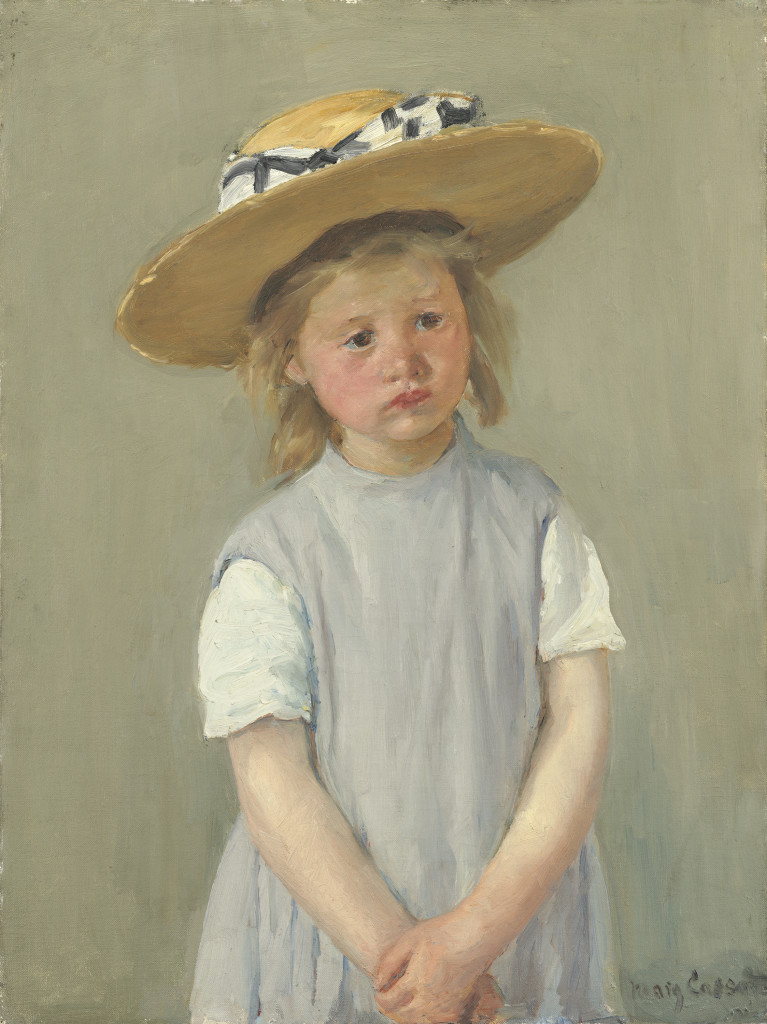Thanks to the rise of attachment parenting, a method that advocates gentle means to discipline children, a growing number of parents are trying time-ins instead of time-outs. But what are time-ins? Well, rather than banishing little ones in some isolated corner to think about their misbehavior, the principle of time-ins is, on the contrary, to hug them and talk with them about their feelings. A radically different approach.
According to Crystal Antonace, a mother of two who is on the path to become the attachment parent leader for the Chicago Attachment Parent International Organization, time-ins are moments when children need the most their parents. “When a child has a tantrum or acts out emotionally over something seemingly insignificant to an adult, he/she needs connection to reaffirm feelings and to understand that frustration happens and is a part of everyday life,” said Antonace.
A 2017 study published in Academic Pediatrics revealed that 85% of parents of kids between 15 months to 10 years were not using the time-out method correctly. The biggest mistakes they made was talking and explaining to their kids during time-outs, said Andrew Riley, a pediatric psychologist at Oregon Health & Science University, and lead author of the study. And according to Joanna Faber, co-author of “How to Talk to Little Kids Who Listen,” the main problem with time-outs is that the punishment doesn’t address the problem.

Child in a Straw Hat by Mary Cassatt (Wikimedia Commons)
READ THE ORIGINAL ARTICLE

